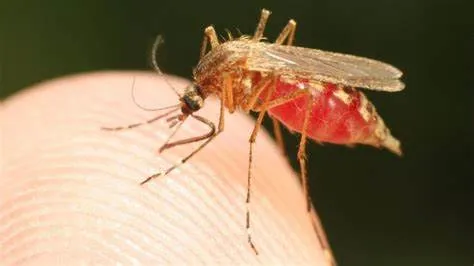Antibodies found in early results of a historic new vaccine trial are expected to give endangered California condors at least partial protection from the deadliest strain of avian influenza in US history. The California condor is the only bird species in the US that has been approved for the new emergency-use vaccine, which was administered this summer to condors bred in captivity during a trial at the Los Angeles Zoo, the San Diego Zoo Safari Park and the Oregon Zoo.
Authorities launched the study after the avian influenza deaths earlier this year of 21 free-flying condors in Arizona, part of a Southwest flock usually accounting for a third of the wild population. Wildlife officials feared that the outbreak’s toll on the California condor population could erase any gains made to rebuild the wild population, spurring the efforts to fast-track the vaccine.
After 40 years of recovery efforts to prevent the extinction of the iconic vulture with a 10-foot (3-metre) wingspan, the wild population today has fewer than 350 condors in flocks spanning from the Pacific Northwest to Baja California, Mexico.
“Losing 20 birds is effectively akin to setting the recovery program back by 10 years,” said Dr Hendrik Nollens, vice president of wildlife health for the San Diego Zoo Wildlife Alliance.
The so-called bird flu reached the US in February 2022 after wreaking havoc across Europe. US agriculture officials consider this year’s cases to be part of last year’s outbreak, which was recorded as the country’s deadliest ever.
Authorities confirmed the flu’s presence earlier this month in commercial poultry flocks in South Dakota and Utah, heightening concerns ahead of the spring migratory season. The outbreak cost poultry producers nearly 59 million birds across 47 states, including egg-laying chickens and turkeys and chickens raised for meat. The flu also caused spikes in egg and turkey prices for consumers and cost the federal government more than USD 660 million.
Early results indicate that when 10 condors were vaccinated with half a millilitre (0.016 fluid ounces) on two occasions — an initial injection and a booster administered 21 days later — 60 per cent of the birds showed measurable antibodies expected to protect them from avian flu after exposure.
“We’re thankful that we’re getting any immune response,” said Ashleigh Blackford, the California condor coordinator for the U.S. Fish and Wildlife Service.
The population was nearly wiped out by hunting during the California Gold Rush in the mid-1800s, as well as by poisoning from toxic pesticide DDT and lead ammunition. In the 1980s, only 22 California condors were left in the wild. They were captured and placed in captive breeding programs to save the species. Zoo-bred birds were first released into the wild in 1992 and in the years since have been reintroduced into habitats from which they had disappeared. The ongoing re-wilding efforts are considered a conservation success.
The bird flu trial’s progress will allow wildlife officials to move forward and release roughly two dozen vaccinated condors into the wild in California and Arizona by the end of the year.
















